The commonly used method to find the nature of the subsoil strata is to dig a hole and see. A trial pit also known as a test pit is a type of intrusive ground investigation that is used as a means of determining the condition of the ground typically before beginning construction works.
We can check the reports in HTML format in the targetpit-testYYYYMMDDHHMI directory.
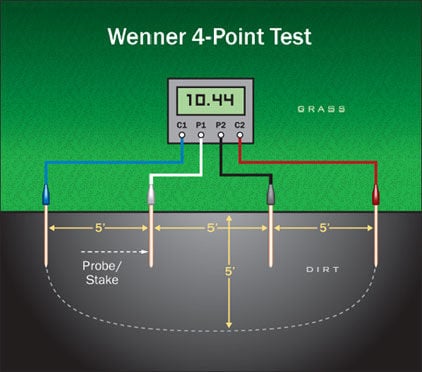
. This soil evaluation technique assesses ground water content sedimentary ground types and then adds a second overlay one thats determined by the loading properties of those multiple soil layers. It is usually a part of the Cultural Resources Management CRM methodology and a popular form of rapid archaeological survey in the United States of America and Canada. What are the types of pile integrity test methods.
The most common non-destructive test NDT methods used for the evaluation of pile integrity are. Vertical and horizontal material contacts. Generally the needles are made of timber beam or steel joist.
Trial pits are commonly used to investigate shallow ground conditions to develop an understanding of the profile of soils within the ground. In this method short length columns of 12 m to 18 m are underpinned. The evaluation of PIT records is conducted either according to.
Because of their simplicity speed of execution and relatively low cost these integrity tests may be performed. The purpose of a test pit excavation is to uncover the characteristics of the underlying soil. Trial pits are a simple and economical method of soil exploration to shallow depths.
Consider the call to the set method in the example above. Those messages are stored in the PIT systems data base and. Test pit excavations can reveal a lot of visual information about the shallow subsurface that soil boringcoring cannot including but not limited to.
Test pitting can also be used for verifying the presence of utility lines indicated in the geotechnical report and also for. The PIT test consists of attaching one or two accelerometers to the foundation and using a hand-held hammer to impact it. Pile integrity test can be used for forensic evaluations on existing piles or.
Auger Boring for Shallow or Large Depths. The trial pit record includes stability of excavated sides orientation position and surface elevation of the pit representation of encountered strata including lateral variation and samples of groundwater if encountered. Personnel will not enter a test pittrench until authorized by the Safety Officer.
Try not to remove too much soil with the turf. Use a sharp spade or deturfing tool to cut round your testpit and cut squares or roll up the turf. 16 PROCEDURE FOR PILE INTEGRITY TEST PIT GENERAL 1611 PIT is an integrity test method for foundation piles.
It is a so-called Low Strain Method since it requires the impact of only a small hand-held hammer and also referred to as a Non-Destructive Method. The PIT test consists of placing one or two accelerometers on the foundation to be tested. Many test pits average at a twelve-foot depth as equipment gets much larger and more expensive if deeper test pits are needed.
The main idea is that successfully processed messages are extracted from the runtime of either an SAP Process Integration or a SAP Process Orchestration system sources system. The Low Strain Test also known as Pile Integrity Test PIT encompasses the Pulse Echo Method and the Transient Response Method. 2 Remove the turf layer of your test pit if applicable.
The minimum dimensions of the pit. Pile integrity test PIT or as ASTM D5882 refers to it as low strain impact integrity test is a common non-destructive test method for the evaluation of pile integrity andor pile length. The PIT test sometimes referred to as the SIT TNO Sonic Integrity Test Acoustic integrity test TDR Time domain Reflectometry or Pulse Echo Test is a non-destructive method to evaluate a pile foundation element in order to confirm its integrity.
Place the turf on the tarpaulin at the furthest point away from the test pit. The test detects potentially dangerous defects such as major cracks necking soil inclusions or voids and in some situations can. Dig beyond foundation depth as necessary.
Crosshole sonic logging 3. Tests by either method are normally performed after foundation installation and curing and require minimal pile preparation. A shovel test pit STP is a standard method for Phase I of an archaeological survey.
The pits are normally square in plane and are dug by hand or by excavating equipment. Substantial local state and federal regulations and site-specific health and. Unless otherwise specified in the FSP a test pit hand-dug or trench machine-dug will consist of an excavation dug through soil mine soil rock pile andor buried material.
58 Clearly our test sweeps across all the execution paths thus the line coverage score is 100. The PIT Tool is a framework with which you can setup automatic tests for process integration scenarios. NEVER enter the test pit without shoring in place.
The dimensions of the pit depend largely upon the depths up to which the excavation is to be. Test Pits or Trial Pits for Shallow Depths 2. Test pits are commonly used for exposing and sampling foundation and construction materials.
The holes which are large enough to permit the entry of persons for inspection are called Test Pits. PIT data may reveal potentially dangerous defects such as major cracks necking soil inclusions or voids and in some situations may determine unknown lengths of piles that support existing structures such as bridges or towers. First holes are cut in the wall above the ground level at common intervals and strong needles are then inserted through the holes to carry the entire load of the structure.
3 Remove soil from your test pit using a mattock shovel. 77 63 mutation coverage. Low-strain pile integrity test 2.
The test pit must be large enough to permit detailed examinations of the material in situ to be conducted or to obtain large undisturbed samples as required by the investigation. Now lets run the test using Maven with the goal option set to. The PIT collects the acceleration data and displays curves that reveal any significant changes in cross section that may exist along the shaft.
Nature and extent of any buried debris. Trenchlesspedia Explains Test Pitting. Typically the plan view of the pit will be square rectangular or circular.
A test pit should be at least a few feet deeper than the upcoming constructions foundation. Removing dead code from your codebase based on mutation test results Apart from evaluating the quality of your unit tests mutation test results can also give you insight into which parts of your application code are never executed dead code. The mutation test results indicated that this call could be removed without the.
Actual particles size of large-diameter soil particles ie gravelcobbleboulders.
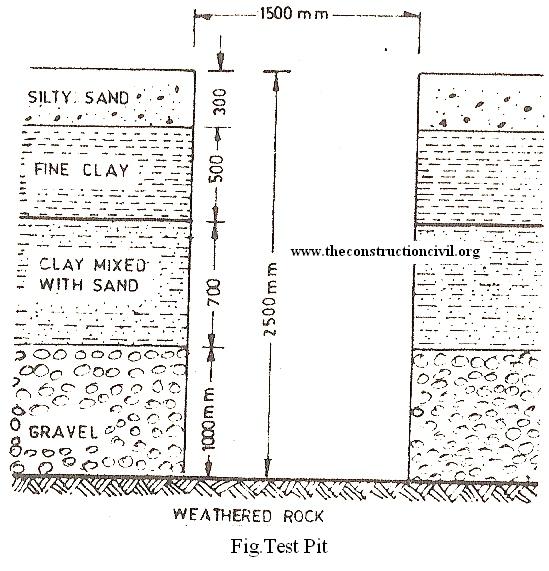
Test Pits Soil Exploration The Construction Civil

Plate Load Test An Overview Sciencedirect Topics

Plate Load Test Procedure Bearing Capacity Limitations Calculation

Plate Load Test Equipment Procedure Calculation Civil Engineering
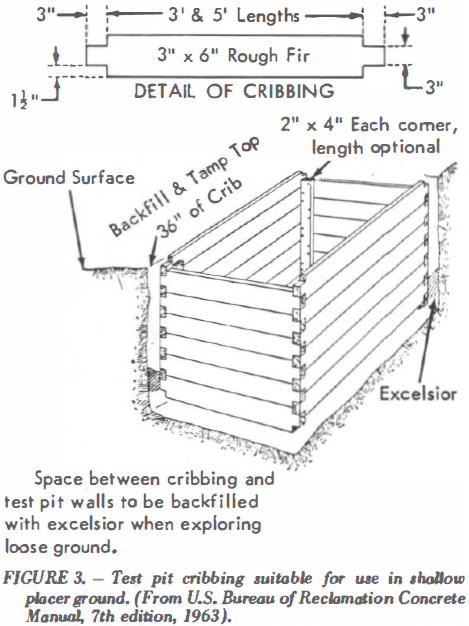
Mining Geology Sampling Methods Channel Chips Core
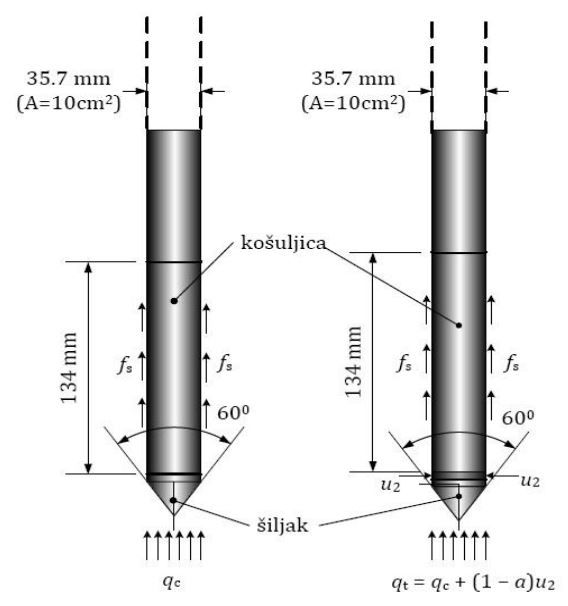
Cone Penetration Test With Pore Water Pressure Measurement Cptu
2 Planning And Making A Soil Survey
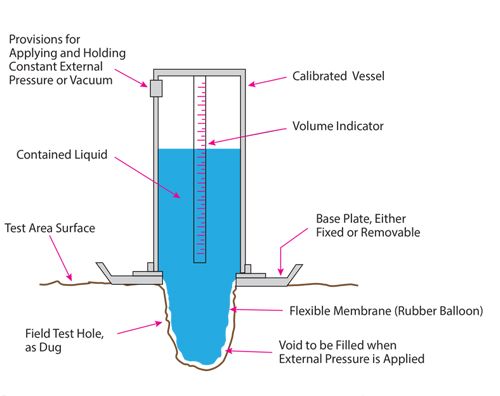
Soil Density Testing 3 Test Methods You Can Count On Gilson Co

Soak Pit Design Procedure Of Soak Pit Advantages And Function Of Soak Pit Civil Knowledges
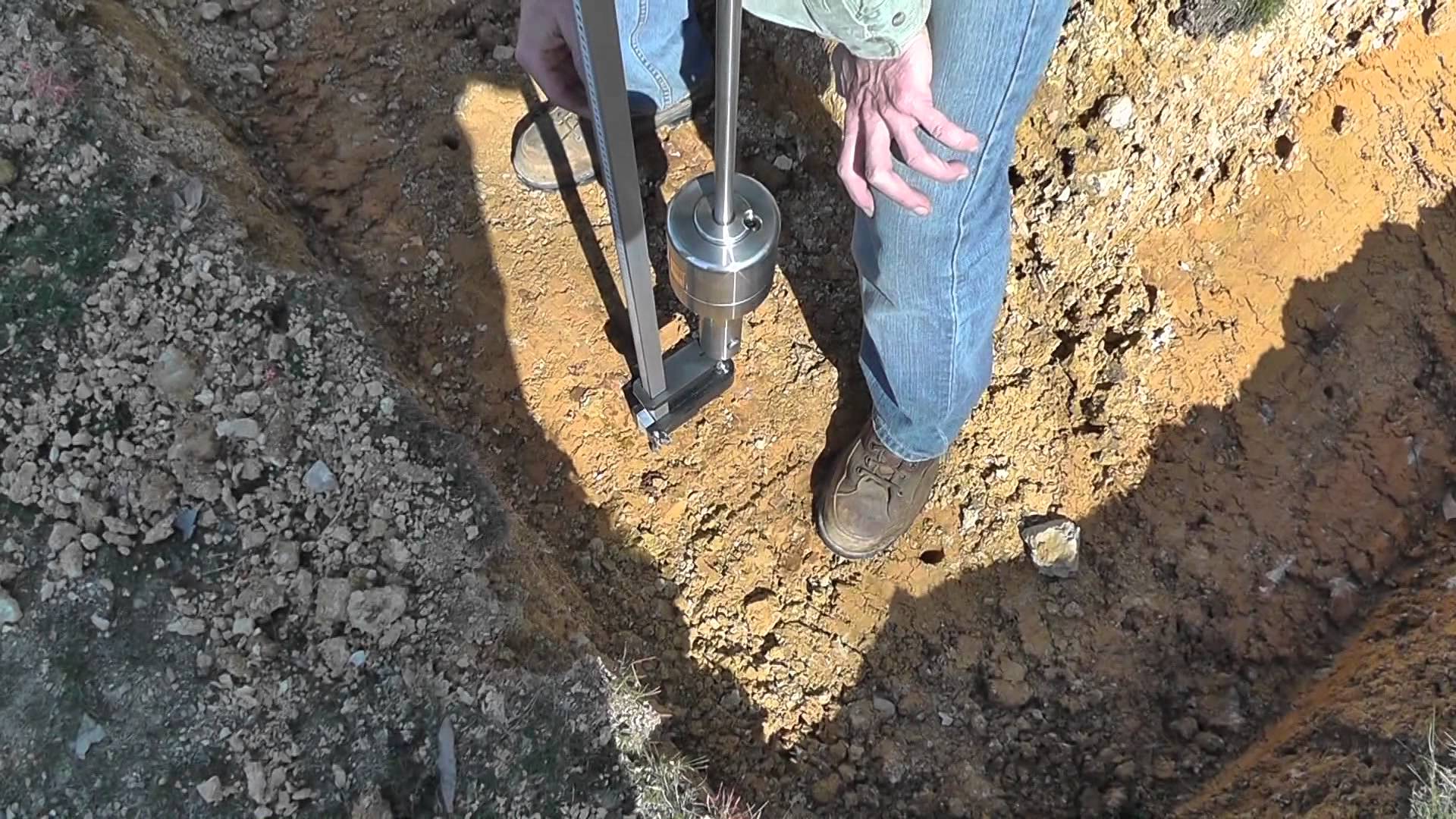
What Types Of Soil Tests Required For Building Construction
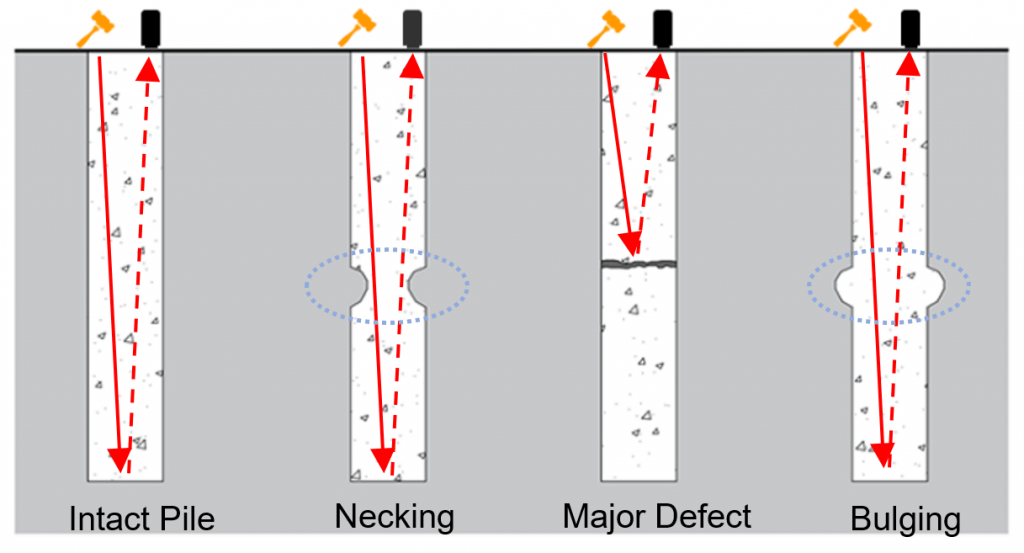
Pile Integrity Test Pile Integrity Test Low Strain Impact Integrity Testing

Low Strain Pile Impact Integrity Testing Pit

Perc Testing And Soil Testing What You Need To Know Building Advisor
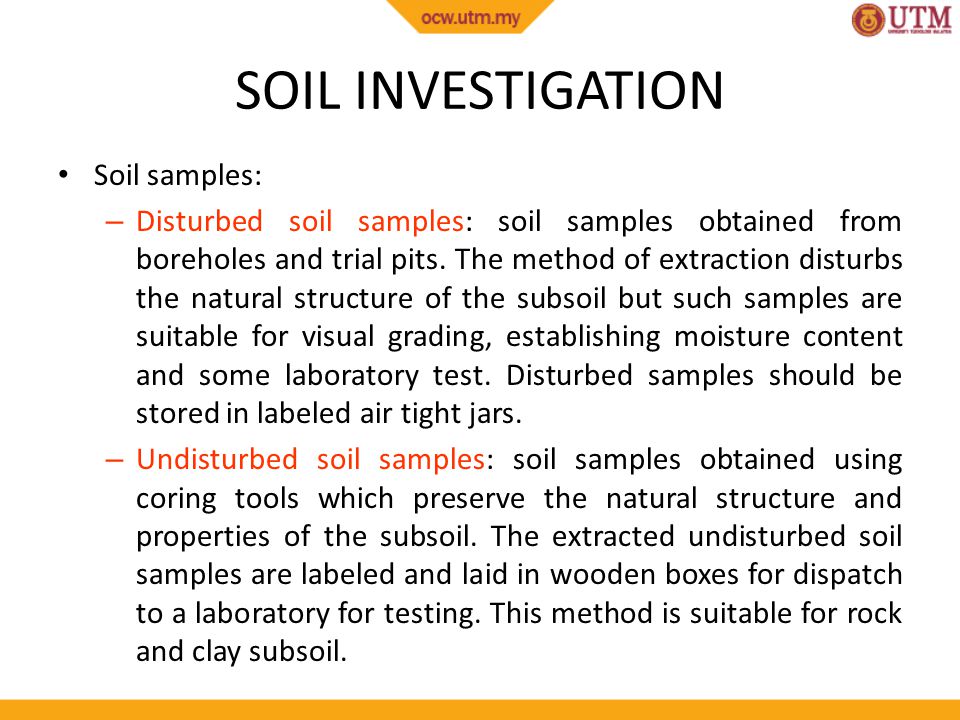
Site Works Site Investigation And Soil Investigation Ppt Video Online Download
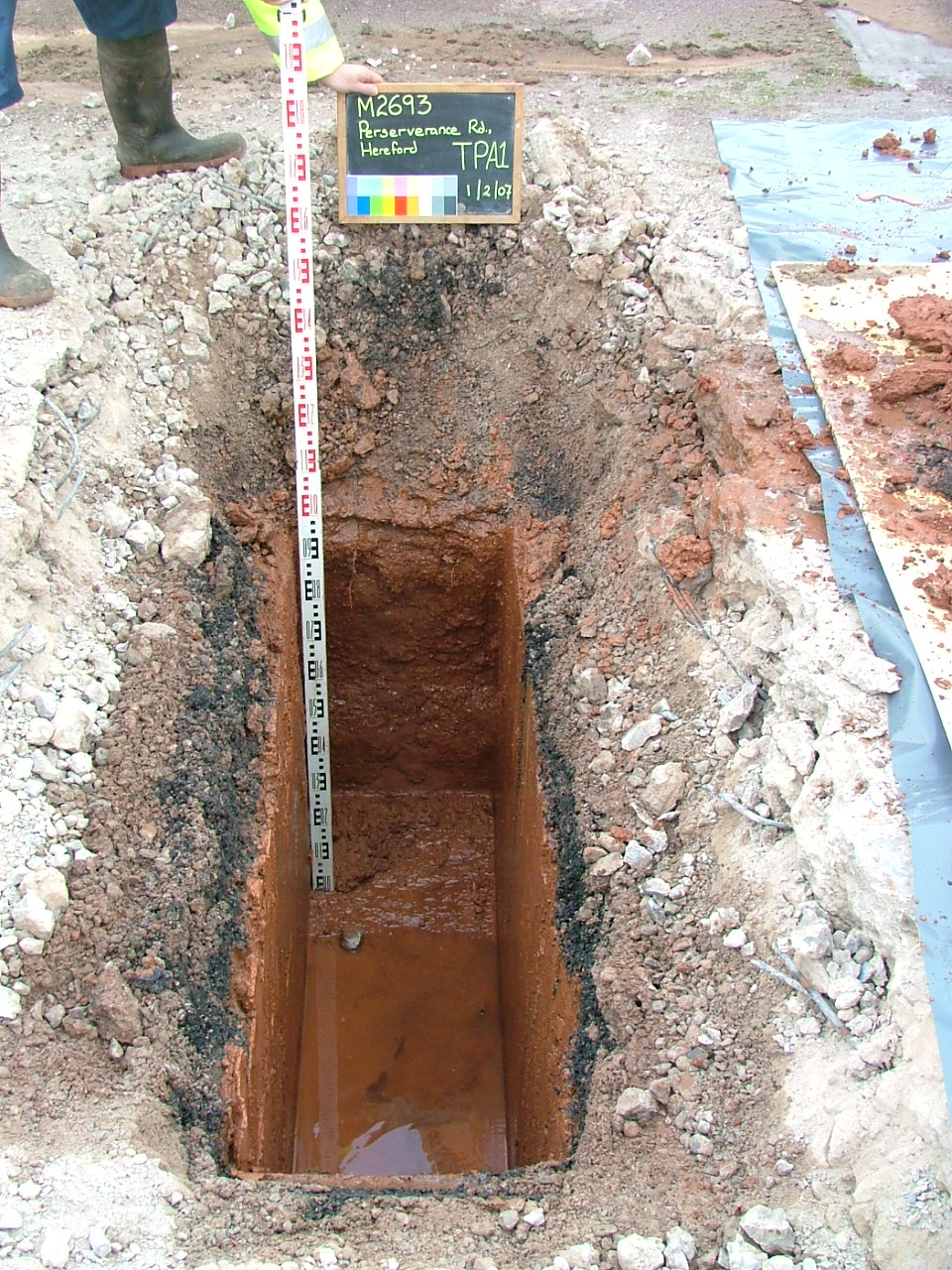


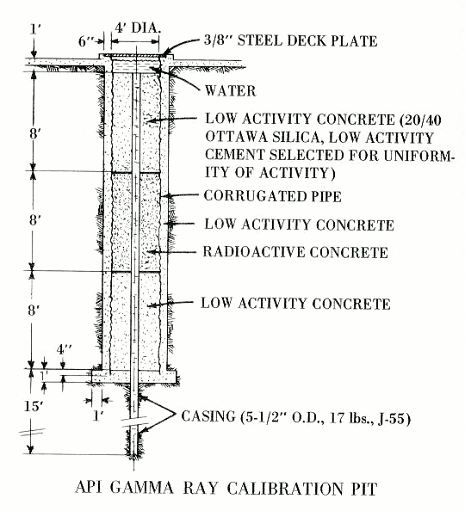



0 comments:
Post a Comment